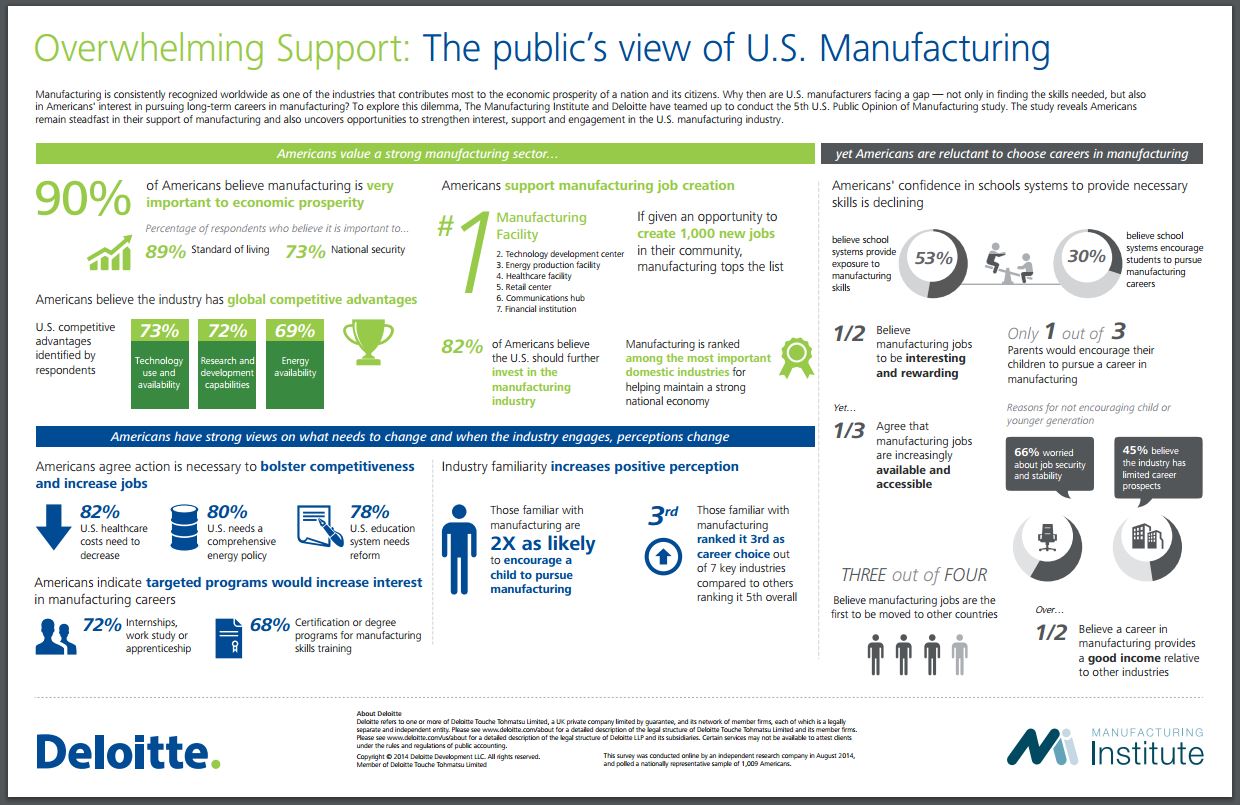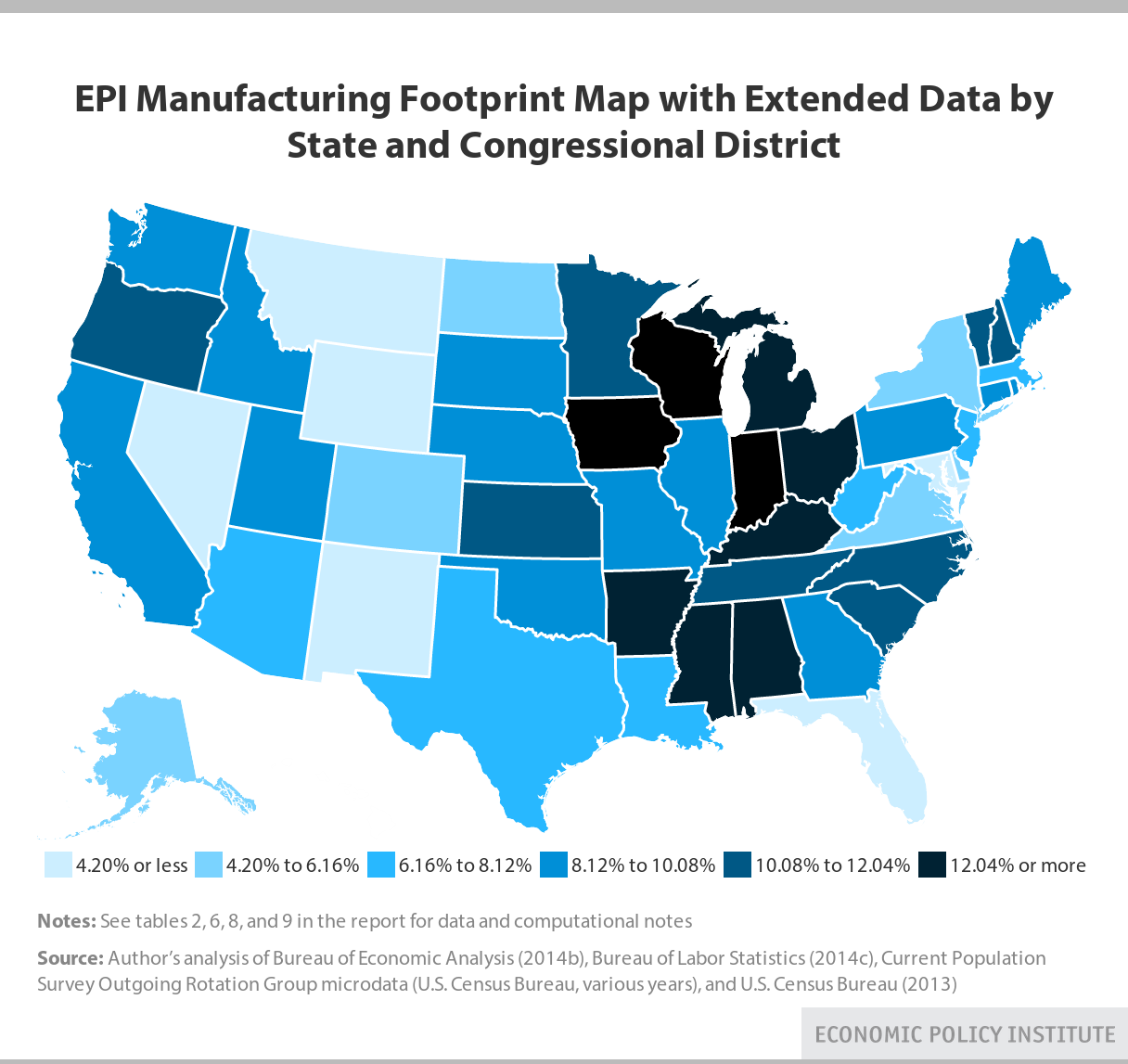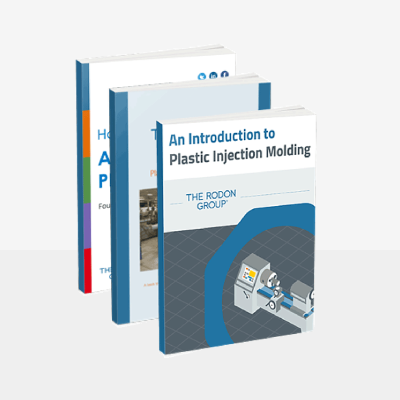This article written by Adam Robinson originally appeared on the Cerasis blog on October 28, 2015
In today's post, we feature a great infographic below from a joint report by Deloitte Manufacturing and the Manufacturing Institute. Before featuring this information so that manufacturers understand how the public views them, let's first go through a brief history of the American Manufacturing Industry by highlighting some moments & inventions that changed the way of life as we know it.









